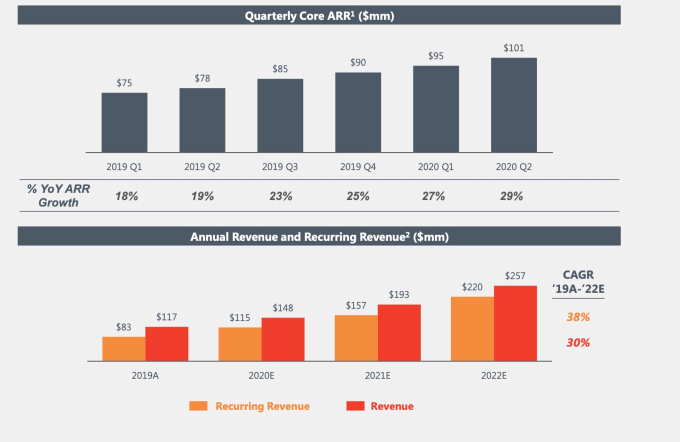Proxyclick visitor management system adapts to COVID as employee check-in platform
Proxyclick began life by providing an easy way to manage visitors in your building with an iPad-based check-in system. As the pandemic has taken hold, however, customer requirements have changed, and Proxyclick is changing with them. Today the company announced Proxyclick Flow, a new system designed to check in employees during the time of COVID.
“Basically when COVID hit our customers told us that actually our employees are the new visitors. So what you used to ask your visitors, you are now asking your employees — the usual probing question, but also when are you coming and so forth. So we evolved the offering into a wider platform,” Proxyclick co-founder and CEO Gregory Blondeau explained.
That means instead of managing a steady flow of visitors — although it can still do that — the company is focusing on the needs of customers who want to open their offices on a limited basis during the pandemic, based on local regulations. To help adapt the platform for this purpose, the company developed the Proovr smartphone app, which employees can use to check in prior to going to the office, complete a health checklist, see who else will be in the office and make sure the building isn’t over capacity.
When the employee arrives at the office, they get a temperature check, and then can use the QR code issued by the Proovr app to enter the building via Proxyclick’s check-in system or whatever system they have in place. Beyond the mobile app, the company has designed the system to work with a number of adjacent building management and security systems so that customers can use it in conjunction with existing tooling.
They also beefed up the workflow engine that companies can adapt based on their own unique entrance and exit requirements. The COVID workflow is simply one of those workflows, but Blondeau recognizes not everyone will want to use the exact one they have provided out of the box, so they designed a flexible system.
“So the challenge was technical on one side to integrate all the systems, and afterwards to group workflows on the employee’s smartphone, so that each organization can define its own workflow and present it on the smartphone,” Blondeau said.
Once in the building, the systems registers your presence and the information remains on the system for two weeks for contact tracing purposes should there be an exposure to COVID. You check out when you leave the building, but if you forget, it automatically checks you out at midnight.
The company was founded in 2010 and has raised $19.6 million. The most recent raise was a $18.5 million Series B in January.
![]()


